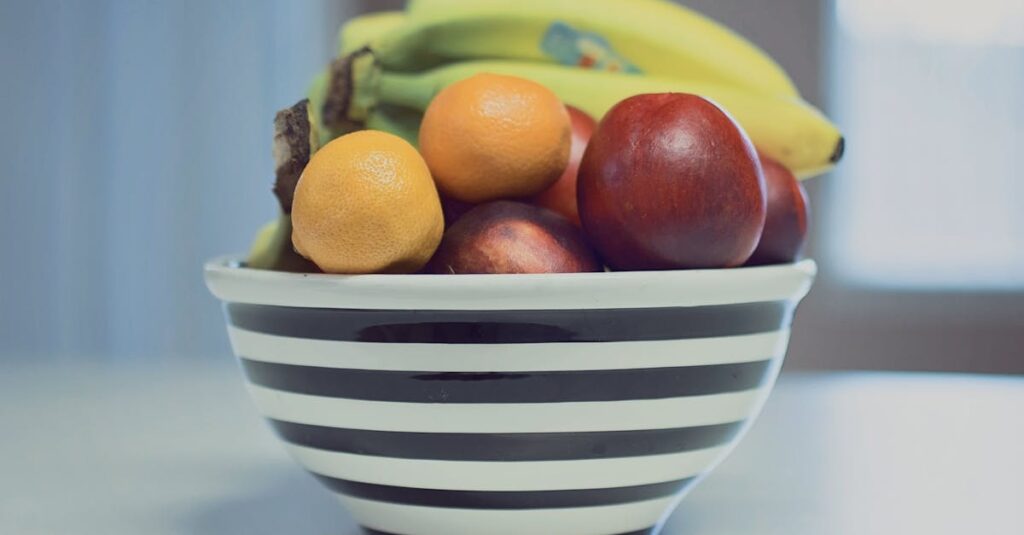Signs Your Baby is Ready for Solids
Starting your baby on solid foods is an exciting milestone! Many parents wonder when to begin. Typically, babies are ready for solids around six months. Signs include:
- Sitting up without support
- Showing interest in your food
- Losing the tongue-thrust reflex
If your baby is hitting these milestones, they might be ready to graduate from just milk. Remember, every baby is different, so trust your instincts and consult your pediatrician.
Choosing the Right First Foods
Choosing the right first foods can be daunting. Start with single-ingredient purees like apples, carrots, or sweet potatoes. These are easy on the tummy and less likely to cause allergies. Gradually introduce new fruits and veggies, waiting a few days between each new food to monitor for any reactions. With time, you’ll discover your baby’s favorites. Funny enough, my little one adored avocado from the first bite – clearly a future guacamole fan!
How to Safely Introduce Solids
Introducing solids safely is crucial. Start with tiny spoonfuls and observe how your baby reacts. They might make funny faces or spit out the food – that’s completely normal! Keep mealtimes relaxed and enjoyable. Never force-feed. Instead, allow your baby to explore different tastes and textures at their own pace. Don’t forget to capture those messy, adorable moments – they’re priceless!
Managing Mealtime Emotions
Mealtime can be an emotional rollercoaster for both you and your baby. Some days they’ll eagerly gobble up everything, while other days, they might refuse to eat. It’s important to remain patient and not stress over a missed meal. Create a positive feeding environment by eating together as a family and setting a routine. Try not to get frustrated; babies are experts at picking up on our feelings.
Overcoming Common Challenges
Introducing solids can come with a set of challenges. One common issue is constipation. To avoid this, ensure your baby is still getting plenty of breastmilk or formula and introduce high-fiber foods like pears and prunes. If you face allergic reactions, stop the new food immediately and consult with your doctor. Every hiccup is a step towards smoother, enjoyable mealtimes.
Building a Balanced Diet
A balanced diet is essential for your baby’s growth. Gradually introduce grains, proteins, and dairy along with fruits and veggies. Think of the rainbow when planning meals – colorful plates usually mean diverse nutrients.
At a year old, babies can join in on most family meals. Our family’s favorite bonding time is over breakfast, with everyone munching on something different but equally delicious.
Encouraging Picky Eaters
Picky eaters can be a challenge, but don’t fret. Offer a variety of foods repeatedly even if they initially refuse. It can take several tries before a baby accepts a new food. Avoid turning mealtime into a battleground. Also, get creative – making faces with fruits and veggies can entice your baby to eat. Share your experiences with other parents; you might find a new trick to try. And above all, patience is key!

